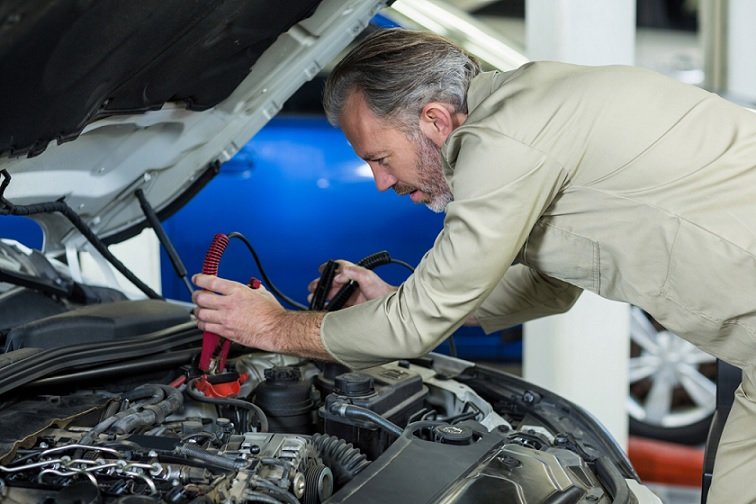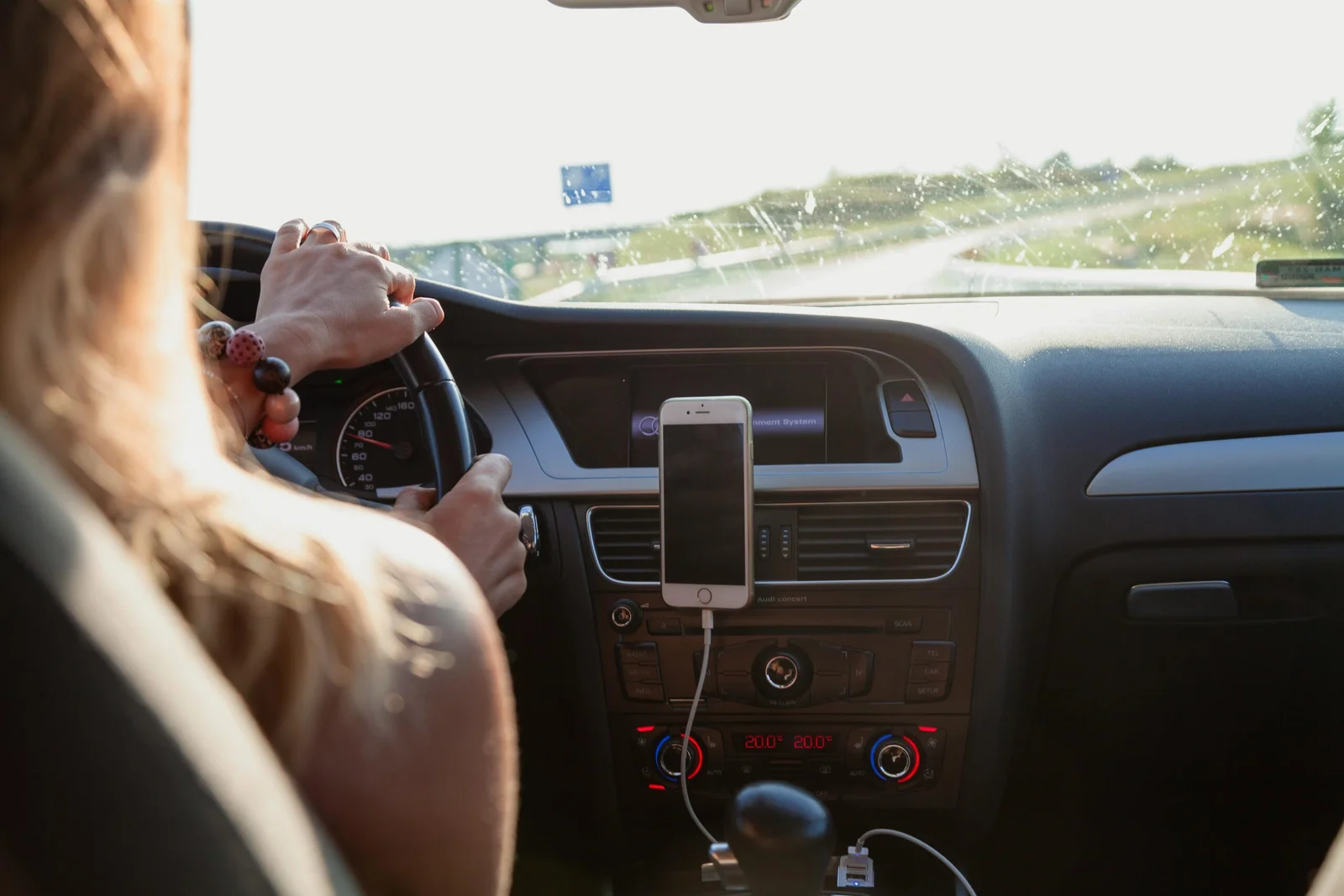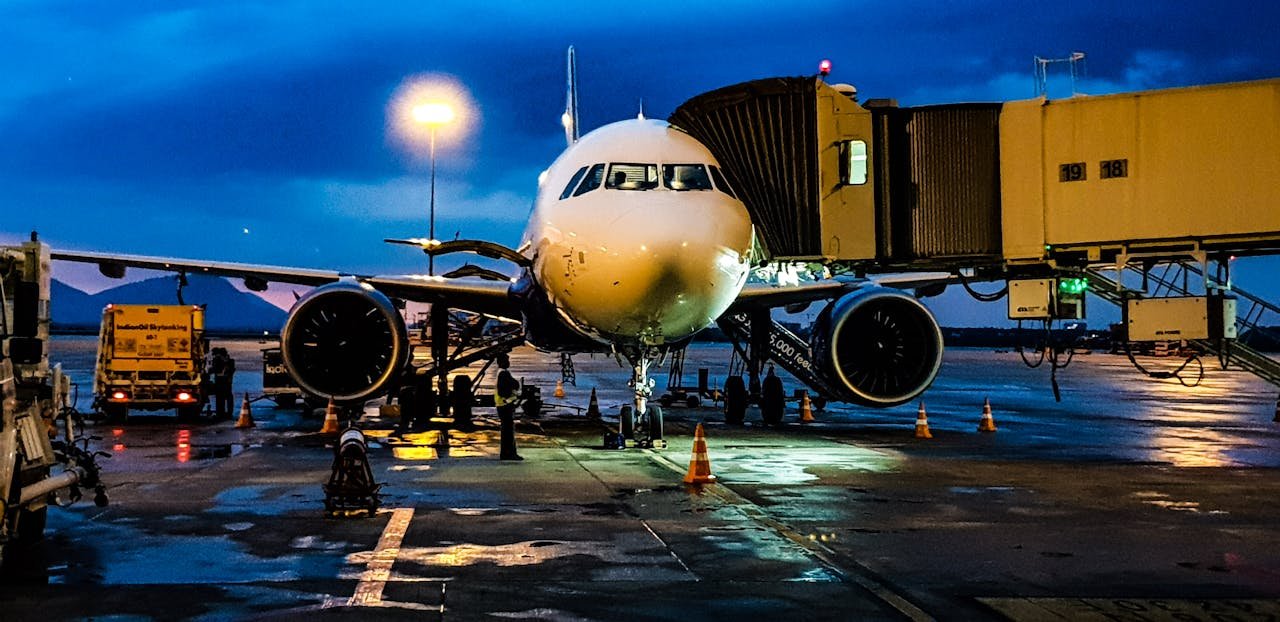When you approach panel beaters for the mending of your damaged car, they might use specific jargon. These technical terminologies might have you scratching your head. If you ever find yourself nodding your head to unfamiliar terms when discussing with a panel beater, this blog is for you. Understanding these terms provides you with the power to make correct decisions for your beloved vehicle.
You can hire expert panel beaters to fix your car promptly. However, learning smash repair terminology is of paramount importance. Some lingo is self-explanatory, and some are confusing. This blog aims to simplify the incomprehensible terminology related to smash repair so that you can navigate this restoration process confidently. By the end of this guide, you will be able to grasp the necessary terms of smash repair without any confusion.
Frequent Terms Used in Smash Repair
The most common industry specific lingo used in collision repair is below.
Smash Repairer
A smash repairer works on broader types of car damages. The job is not limited to dealing with panels but every aspect of the vehicle restoration. A smash repairer works on mechanical repairs, chassis alignment, sanding, filing, and painting. These technicians also collaborate with insurance firms to carry out approved repairs.
Panel Beater
Unlike smash repairers, a panel beater works on restoring the body of a car. These specialists focus on repairing the panels of your vehicle and reshaping them. They eliminate all sorts of indentations, straighten out creases, and restore metal panels to ensure safe structural integrity. In short, they work on superficial cosmetic repairs to complete car body restorations.
Aftermarket Parts
Such parts are manufactured by a third party other than the real equipment maker. These parts are normally more cost-effective than the original ones. However, they might look slightly different. Oftentimes, they do not fit the exact specifications of the original parts and can affect the functioning of a vehicle.
OEM Parts
OEM or original equipment manufacturers are the parts that are manufactured by the makers that built your vehicle to replace the original ones. These parts do not carry the logo of the makers. However, they perfectly fit the specifications of the automobile. These parts ensure the safety standards and retain the performance worth of the vehicle.
Chassis Alignment
Chassis alignment is also known as frame straightening. This process is of critical importance when your car suffers a jolting impact that damages its structure. Innovative techniques and equipment are leveraged to measure the alignment and fix the chassis. If this step is ignored, the crash safety of the car is compromised as it will not drive straight.
Blending
It is a usual technique when a panel of the car is replaced or repaired. When it is repainted, the technicians ensure that the color matches the existing paint. Moreover, these mechanics slightly paint the surrounding parts as well to blend the new panel seamlessly. If the blending is not done accurately, the repaired panel stands out, pulling down the aesthetic appeal.
Sanding and Filing
Sanding is a process that is done after the repairing of the panels. It basically involves sanding paper or a sanding block to create an even surface for painting. Filing, on the other hand, involves fixing superficial imperfections like minor dents and abrasions. The filler is applied and when it hardens, it is perfectly sanded down for a plane surface.
Priming and Painting
After sanding, the vehicle is prepped for paint with a primer. The coat of a primer is applied on the metal of the car before painting. This step allows the paint to stick to the surface of the automobile for a long time and gives ample protection against corrosion. After the primer dries, technicians paint the area using cutting edge color matching technology.
Coating and Denibbing
When the paint job is completed, it is time to secure it with a clear coat. This clear coating provides the showroom shine to the vehicle and protects it from any impact from harsh factors, like the environment. The last step of the accident repair process is denibbing. It involves getting rid of minuscule scale imperfections like dust particles stuck in paint.
Post Repair Check
This is the last inspection before the automobile is finally returned to the real owners. This final quality check is necessary, where technicians make sure that every step of the repair is completed perfectly. This step includes checking the restoration of the panels, inspecting the paint, and confirming the ideal function of the mechanical features of the car.
Conclusion
Getting your car fixed after a damaging collision is stressful. Dealing with automotive specialists can be more confusing if you do not know the jargon they use. Most people nod their heads along without understanding the real meaning behind these technical terms. This blog lists the terminology you will hear technicians use when they are discussing the repair process of your car. With this information, you will feel confident throughout the restoration process and check if your vehicle is fixed accurately.
Refresh Date: August 21, 2025



